The U.S. destroyed or 'demilitarized' all equipment left at Kabul airport, depriving the Taliban of more trophies

When the last U.S. military aircraft flew out of Kabul's Hamid Karzai International Airport on Monday, the only usable equipment left behind was machinery to help the airport return to civilian operation as soon as possible, U.S. Central Command chief Gen. Frank McKenzie said at a press conference. The rest of the equipment — 70 mine-resistant ambush protected (MRAP) vehicles, 27 Humvees, 73 aircraft, an unspecified number of counter-rocket, artillery, and mortar (C-RAM) systems — was destroyed or "demilitarized." These vehicles and weapons will "never be able to be operated by anyone again," McKenzie said.

"Troops likely used thermate grenades, which burn at temperatures of 4,000 degrees Fahrenheit, to destroy key components of the equipment," USA Today reports, citing a Pentagon official, while "some pieces of equipment were likely blown up" at the airport. "McKenzie stressed that the equipment would be of no use in combat," USA Today notes, "but they will likely be display by the Taliban as trophies of their decades-long fight to retake their country."
"The U.S. military removed planes, heavy weapons, and sophisticated military equipment as it began winding down its operations in Afghanistan in the spring," NPR reports. "But it couldn't take home 20 years of accumulated hardware and instead left much of it to the Afghan military" — and after the Afghan military collapsed over the summer, "the Taliban wasted no time in gloating over their new war booty," including billions of dollars in captured "aircraft, trucks, Humvees, artillery guns, and night-vision goggles."
The Week
Escape your echo chamber. Get the facts behind the news, plus analysis from multiple perspectives.

Sign up for The Week's Free Newsletters
From our morning news briefing to a weekly Good News Newsletter, get the best of The Week delivered directly to your inbox.
From our morning news briefing to a weekly Good News Newsletter, get the best of The Week delivered directly to your inbox.
The U.S.-supplied "rifles, plate carrier vests, and other infantry gear provide legitimate tactical value to the group's foot soldiers," The Washington Post reports, but "some of the captured equipment, like helicopters and attack planes, may be more useful for propaganda imagery than for everyday use." U.S. contractors maintained the Black Hawk helicopters, C-130 transport planes, and other aircraft that require expensive and hard-to-find parts, and the Taliban lacks the technical expertise to keep them airborne, even if they find pilots.
The Taliban were "significantly helpful" in enabling the U.S. and allied forces to airlift 122,000 people out of Kabul's airport in two weeks, McKenzie said, but they will have a hard time securing Kabul. When the Taliban swept through Afghanistan, freeing its fighters from prisons, it also swelled the ranks of ISIS-K to about 2,000 militants, he said. "Now they are going to be able to reap what they sowed."
A free daily email with the biggest news stories of the day – and the best features from TheWeek.com
Peter has worked as a news and culture writer and editor at The Week since the site's launch in 2008. He covers politics, world affairs, religion and cultural currents. His journalism career began as a copy editor at a financial newswire and has included editorial positions at The New York Times Magazine, Facts on File, and Oregon State University.
-
 How to financially prepare for divorce
How to financially prepare for divorceThe Explainer Facing ‘irreconcilable differences’ does not have to be financially devastating
-
 Why it’s important to shop around for a mortgage and what to look for
Why it’s important to shop around for a mortgage and what to look forThe Explainer You can save big by comparing different mortgage offers
-
 4 ways to save on rising health care costs
4 ways to save on rising health care costsThe Explainer Health care expenses are part of an overall increase in the cost of living for Americans
-
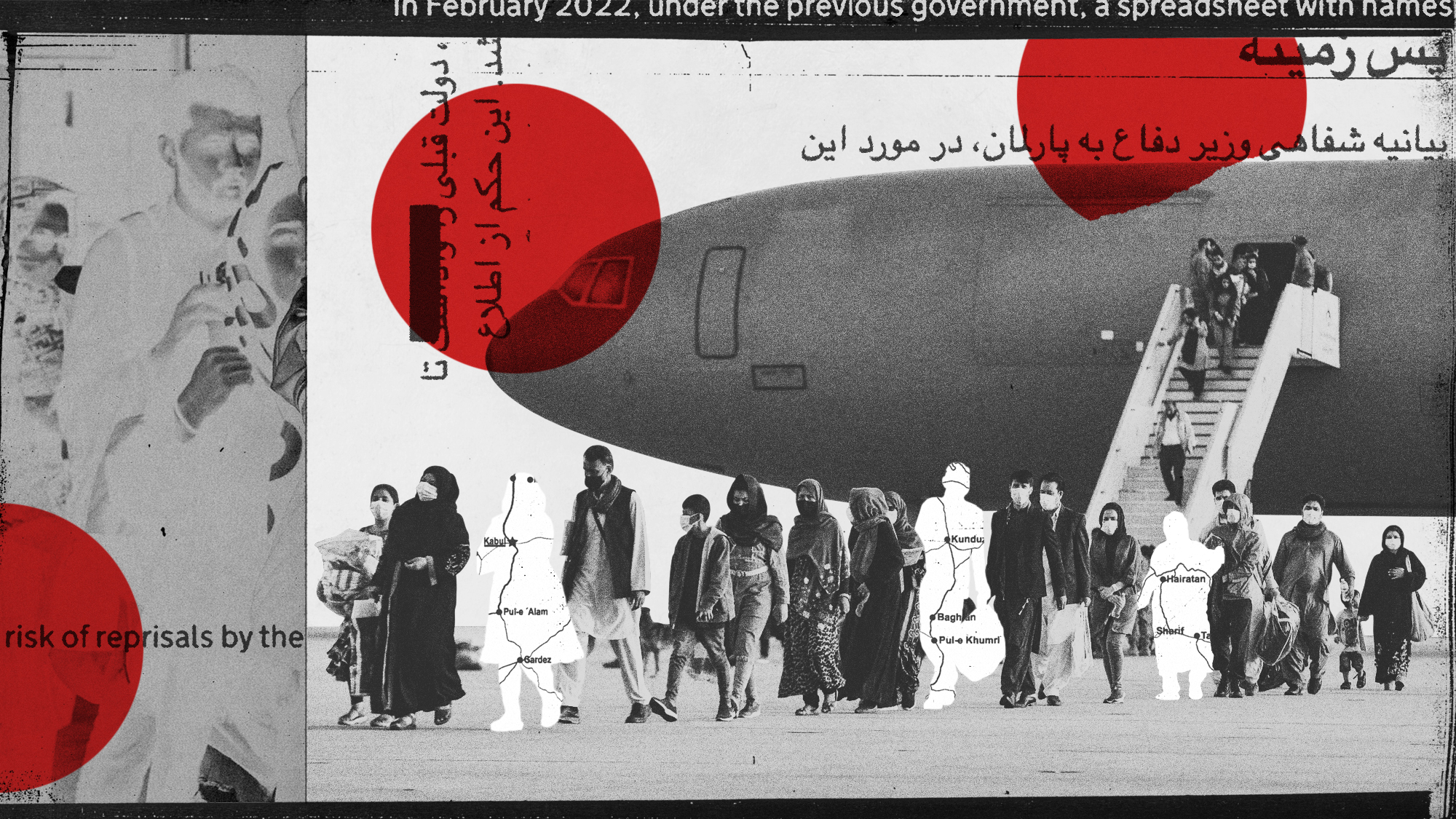 Operation Rubific: the government's secret Afghan relocation scheme
Operation Rubific: the government's secret Afghan relocation schemeThe Explainer Massive data leak a 'national embarrassment' that has ended up costing taxpayer billions
-
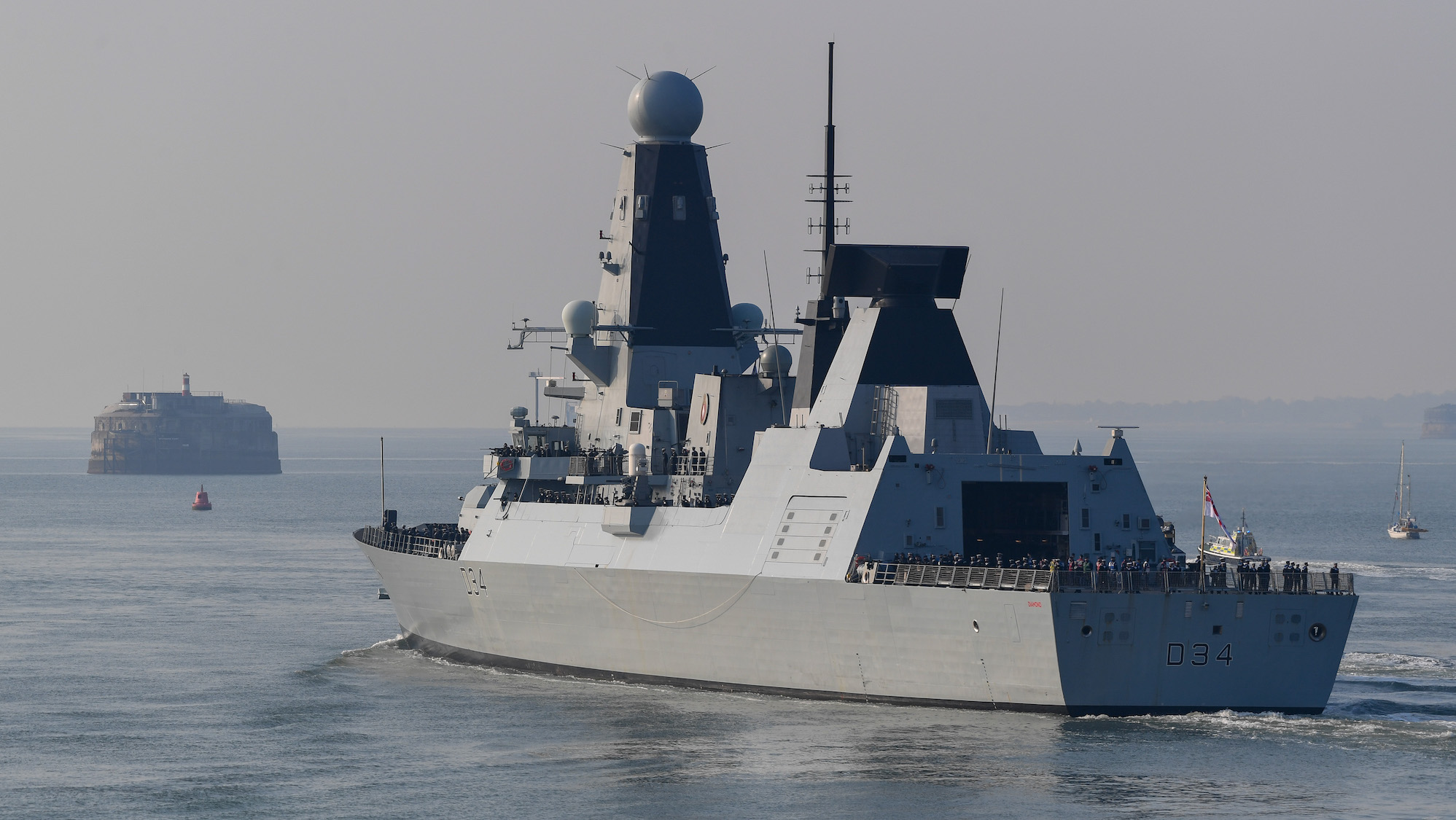 British warship repels 'largest Houthi attack to date' in the Red Sea
British warship repels 'largest Houthi attack to date' in the Red SeaSpeed read Western allies warn of military response to Iranian-backed Yemeni rebels if attacks on ships continue
-
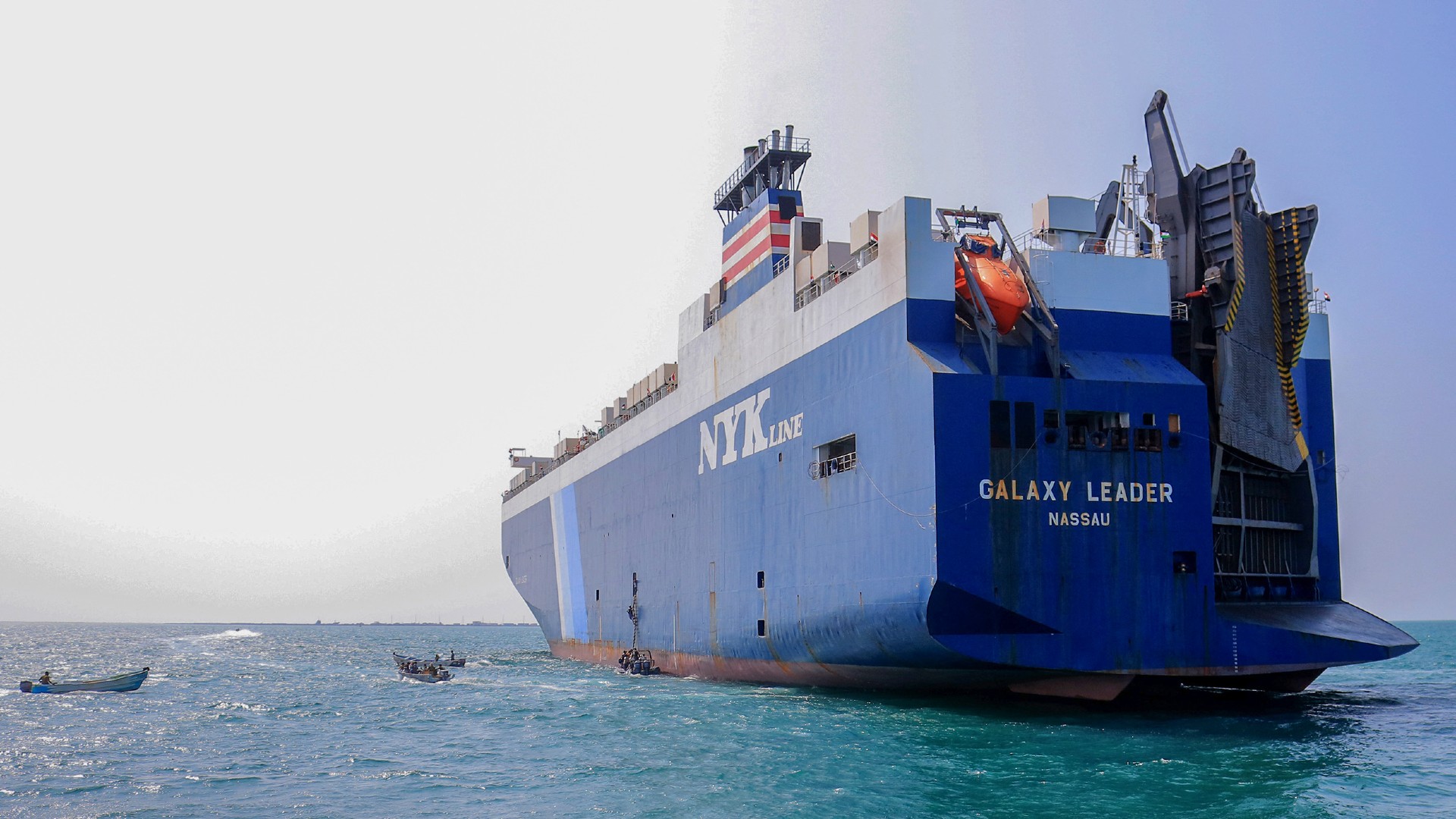 Houthi rebels claim Red Sea ship attacks
Houthi rebels claim Red Sea ship attacksspeed read Iran-backed Yemeni group vows to escalate aggression towards Israel-linked vessels in revenge for Gaza war
-
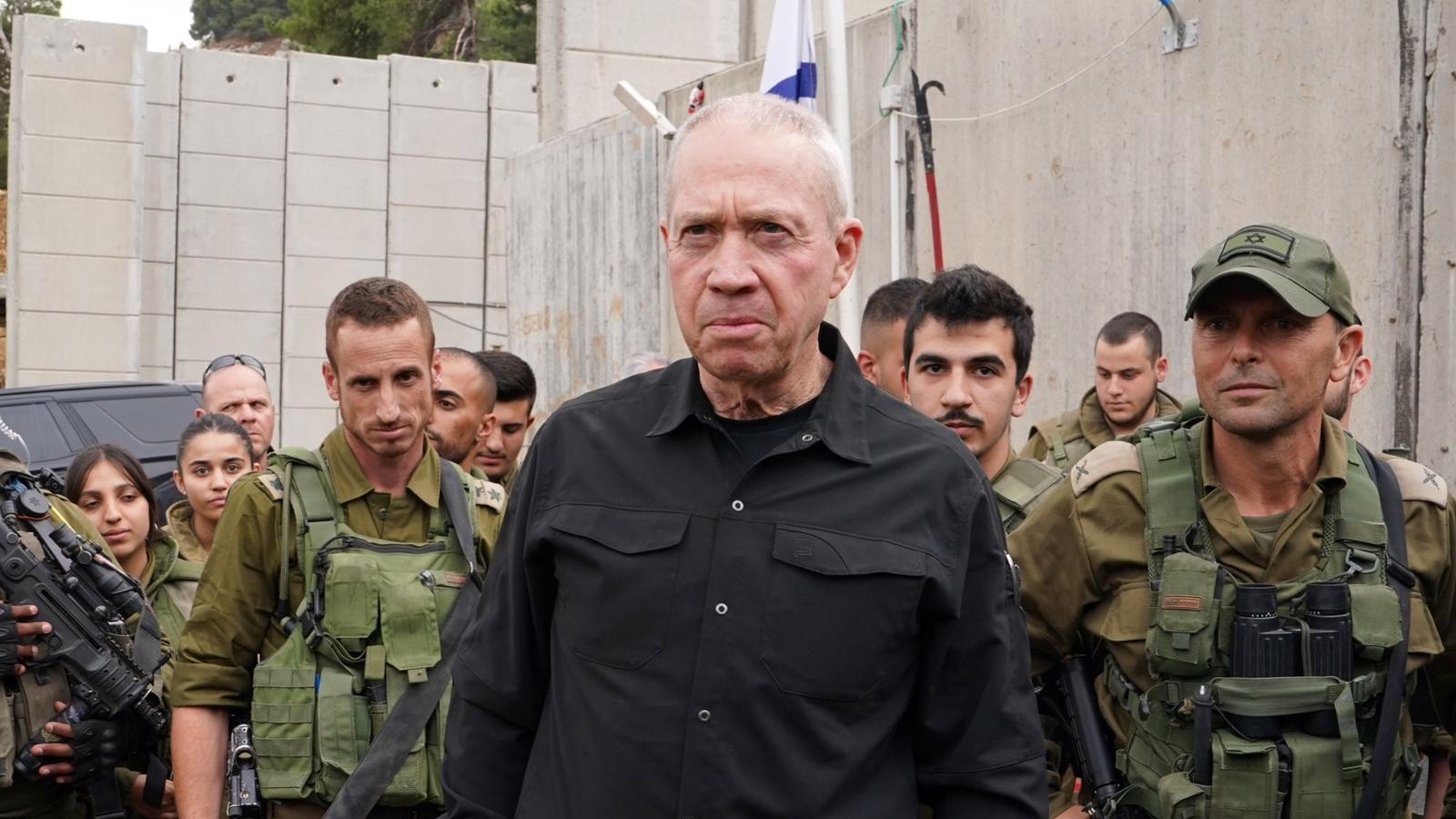 Israel plans next phase of Gaza war as first hostages released
Israel plans next phase of Gaza war as first hostages releasedSpeed read After four-day ceasefire 'we will not stop' until destruction of Hamas, says Israel
-
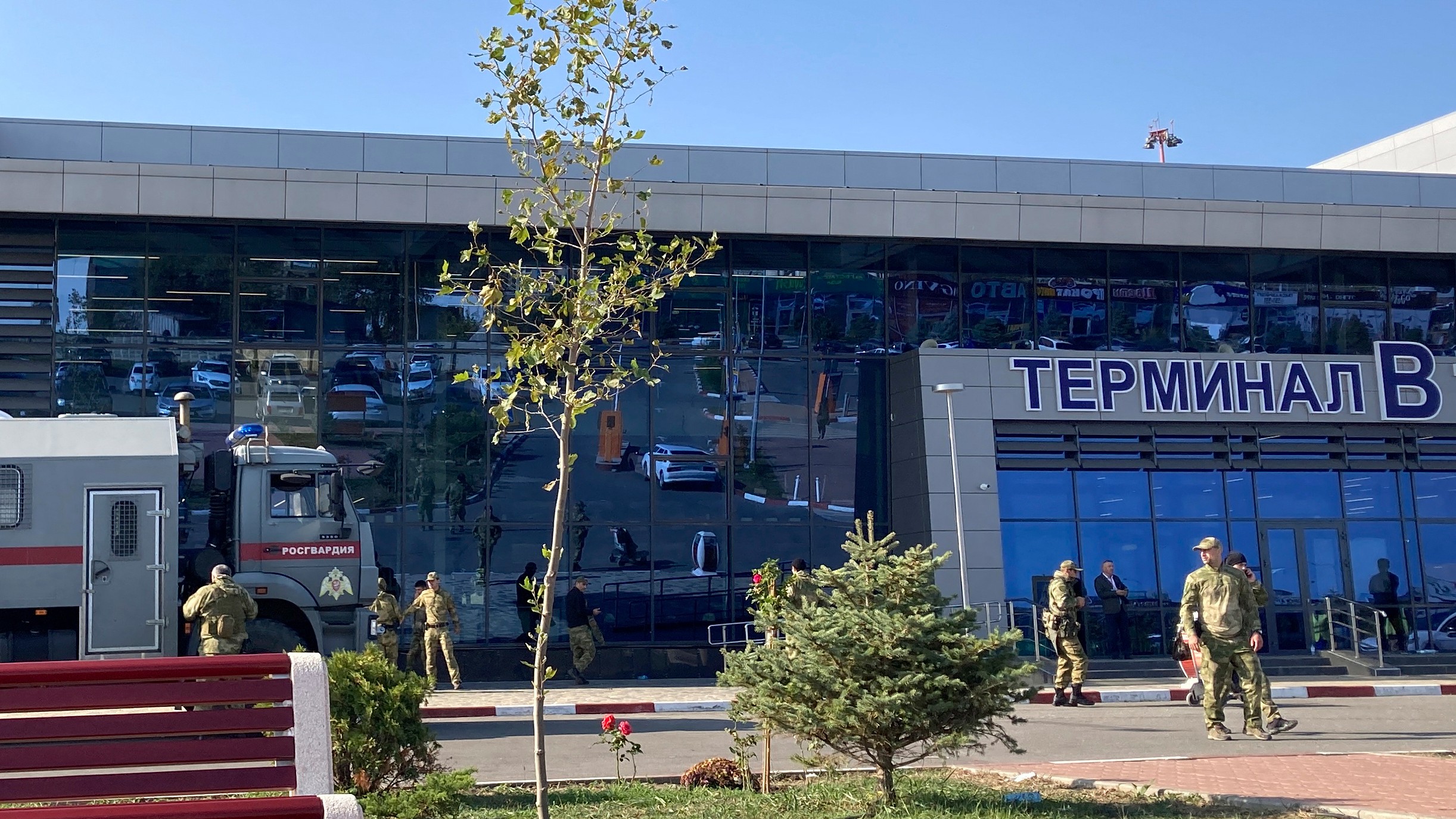 Mob storms Russian airport 'looking for Jews'
Mob storms Russian airport 'looking for Jews'Speed Read Plane from Israel surrounded by rioters chanting antisemitic slogans after landing in Russia's Dagestan region
-
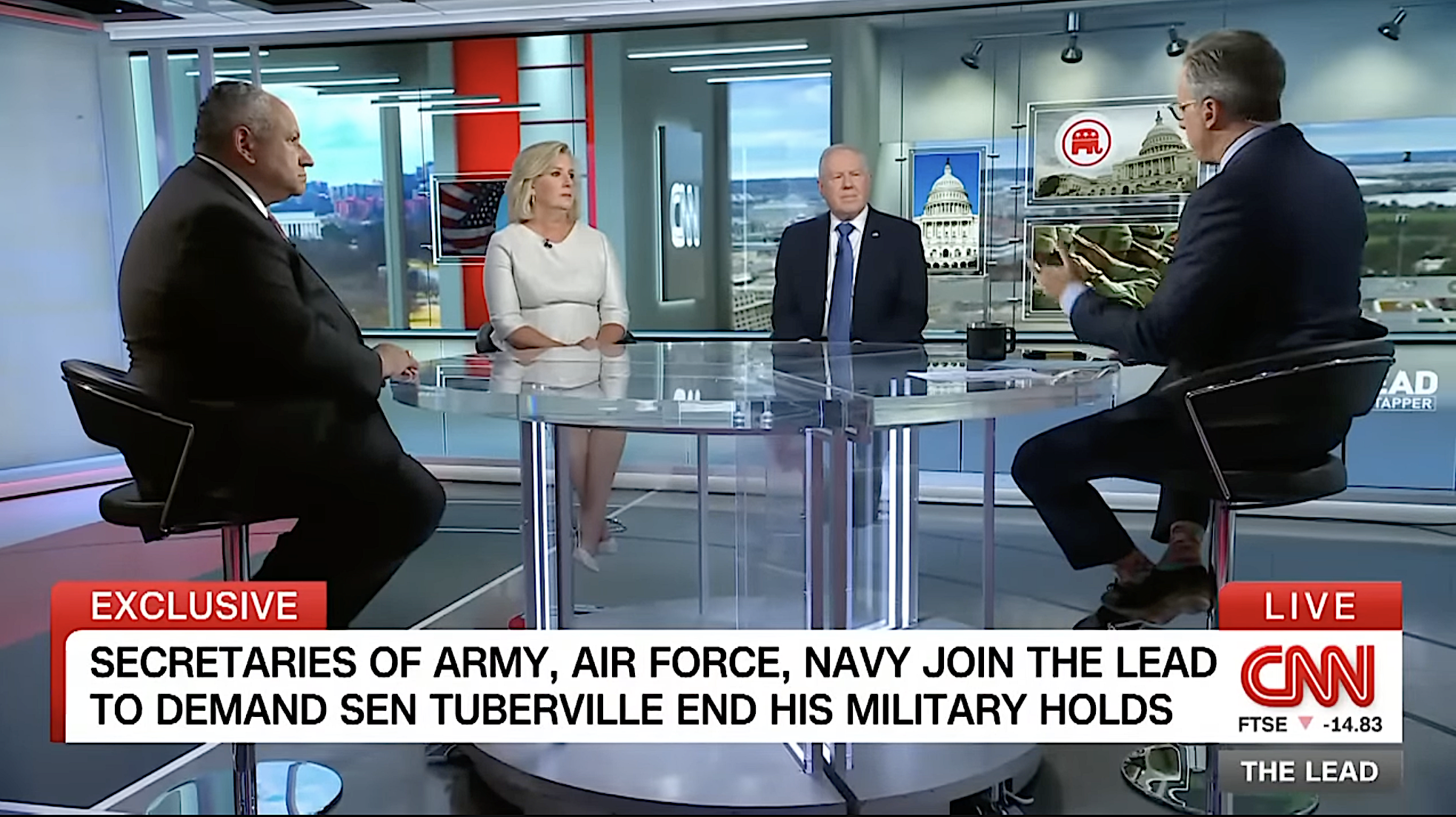 Tuberville's military promotions block is upending lives, combat readiness, 3 military branch chiefs say
Tuberville's military promotions block is upending lives, combat readiness, 3 military branch chiefs saySpeed Read
-
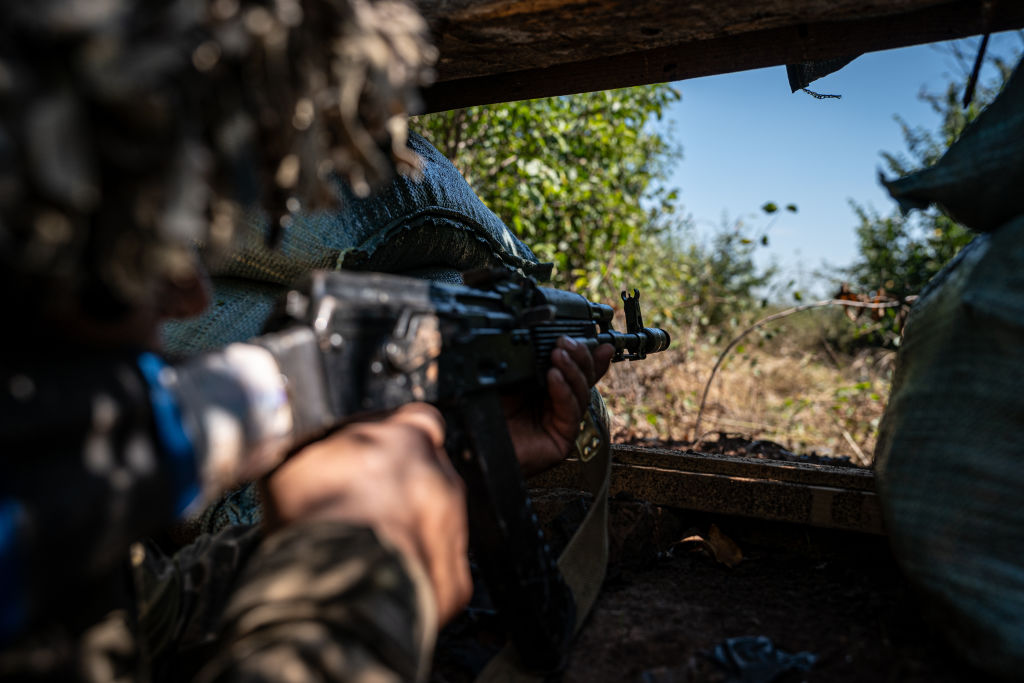 Ukraine's counteroffensive is making incremental gains. Does it matter in the broader war?
Ukraine's counteroffensive is making incremental gains. Does it matter in the broader war?Speed Read
-
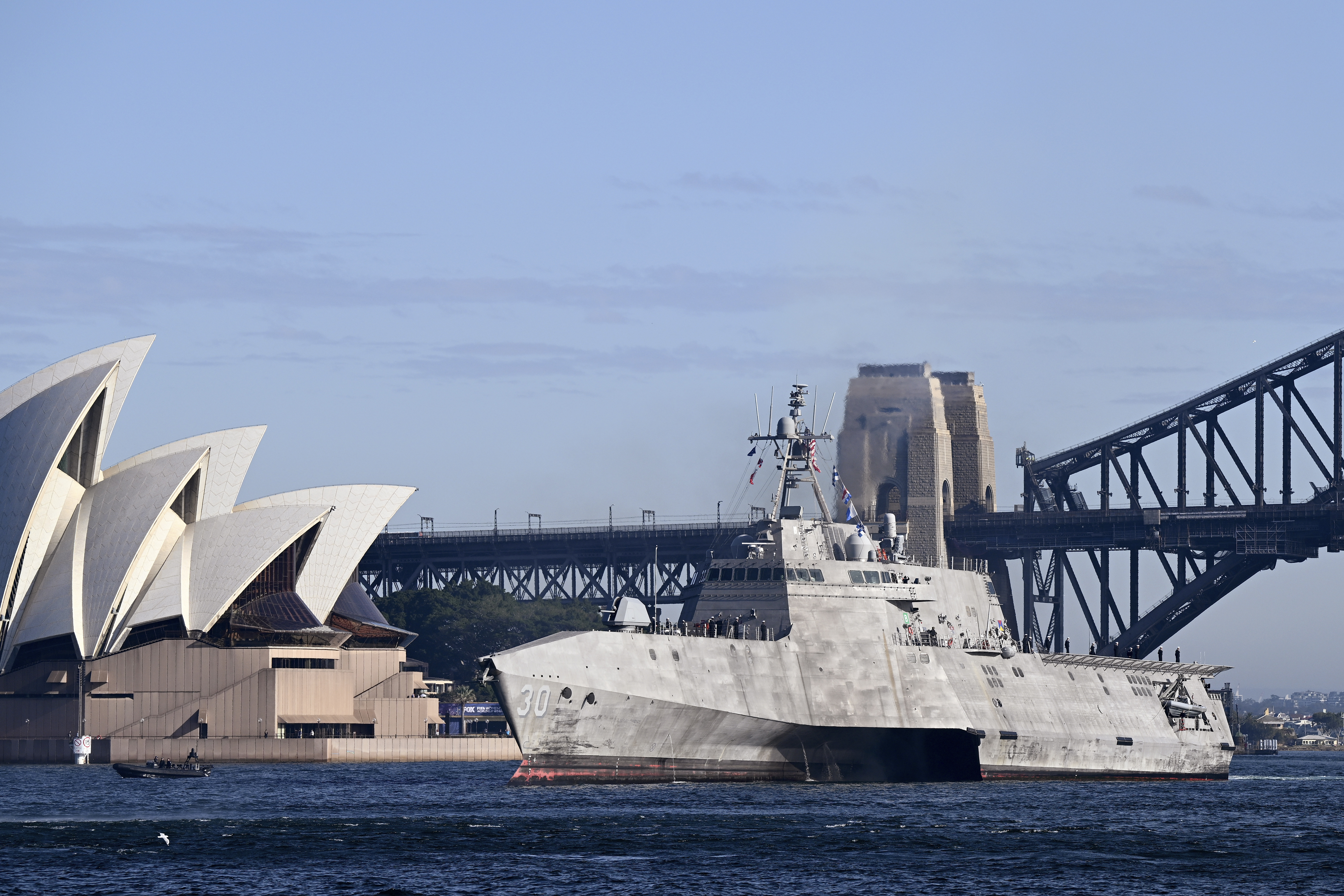 US commissions first-ever Navy ship in a foreign port
US commissions first-ever Navy ship in a foreign portSpeed Read
